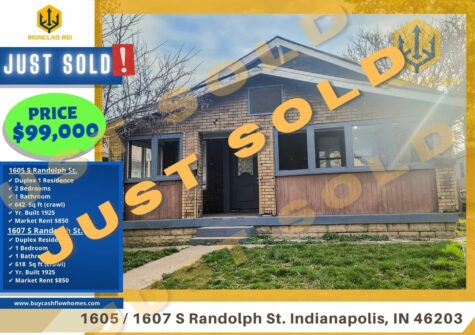The Multiple Listing Service is an information tool real estate agents use to track properties. One of the primary factors in setting price expectations for any property that goes up for sale is what’s known as price comps. Using information about surrounding properties, such as from MLS, a property’s pricing can be set by how it compares to those nearby locations. Comps help real estate agents begin negotiations or explain the value of a piece of property. Most comps are referenced by not just location, but also time. For example, if a similar property comp recently sold for a certain amount, that carries more weight than for a comp that sold years ago, or has just been sitting as a held property that isn’t up for sale. How long a property goes on the market without selling, or even attracting offers, also factors into how comp valuation will be calculated. These data points are key in maintaining realistic and understandable valuation for the real estate market. Every real estate agent, or investor, needs to have a working knowledge of not just what comps are, but also how to pull them out of the MLS data. Without a clear understanding of comps, and access to the numbers, whether you’re buying or selling it can leave you underwater no matter how hard you’re trying to keep your profit margin high and dry.
Don’t get caught unawares by how the market moves. Brush up on real estate comps first. #Ironclad
Key Points:
- 1Using MLS Comps can be a very effective tool to set the price and determine the value of a home.
- 2Starting criteria to find comparable listings look for: size, condition, features, age, properties that sold in the last 6 months and in a one-mile radius of the property you are targeting.
- 3Comparing similarites and differences of other homes that have recently sold in the same area is the most effective way to determine a price and value of a property
See the original at: https://www.fortunebuilders.com/mls-comps/




